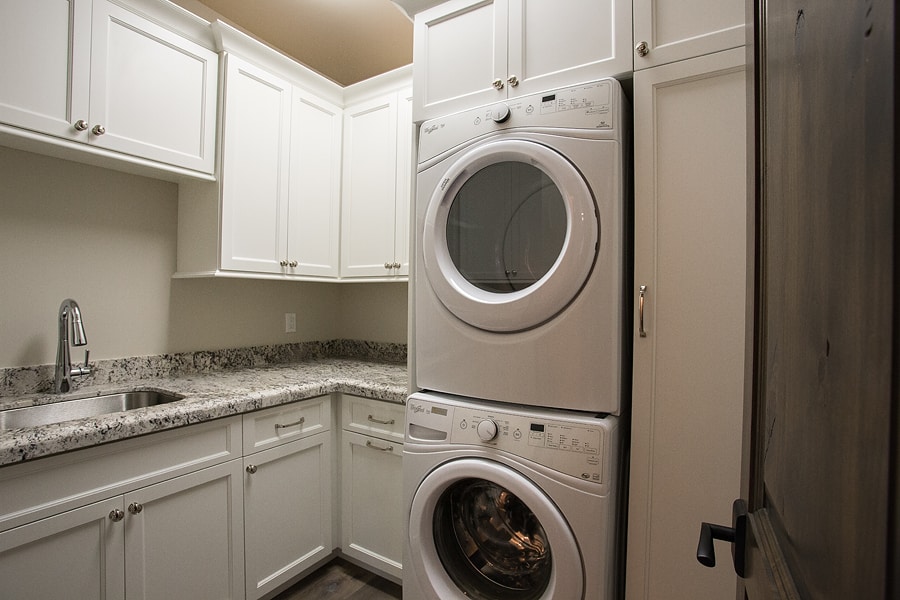Safety Around Pools

Living in Arizona, we are spoiled by having such beautiful, sunny weather almost year round. With that, most homes here in the Valley of the Sun have backyard pools. However, we have to be ever mindful of the dangers owning a home with a pool can have.
The majority of homes in the Phoenix area have pools, but do we check regularly to make sure that safety checks are in place for our pools? Drowning is the number one accidental death for kids under age 5 and there are things we can do to help prevent drowning.
If you have a gated pool, make sure it is secured and the lock is in good working condition and cannot be reached or opened by a small child. Never prop the gate open. If it has a self-closing mechanism, make sure it works properly. Have an adult poolside at all times when children are in the backyard. This person must be diligent to not get side tracked: no phone calls, texting or walking away for even a minute. Make sure someone knows CPR and have safety equipment by the pool. Do not leave toys in the pool after everyone is done swimming, toys left in the pool tempt small children who will reach in to try to grab it and before you know it they have fallen in. If your child seems to be missing, check the pool area first and foremost, and really check it. Don’t just look out the window, walk outside and look in the pool.
Pools can be a great source of entertainment and family fun, but they also need to be taken seriously. Even if your child has taken swim classes and you think they are good swimmers, you must still be vigilant in watching them in and around the water. There is no substitute for a set of eyes on your pool. All it takes is one moment for a child to slip under water or to panic for a second and go under. There is nothing worse than hearing on the news about another drowning in Phoenix, so please watch your kids around water!

 As a home
As a home  You sold your house-congrats! Now you must tackle the daunting task of moving! Use these helpful tips to pack up and move with ease:
You sold your house-congrats! Now you must tackle the daunting task of moving! Use these helpful tips to pack up and move with ease: Did you know there are 13 different types of rattlesnakes slithering throughout Arizona? April through October, rattlesnakes can be found anywhere from hiking trails to city streets, so it’s important for everyone to know what to do when crossing paths with a snake.
Did you know there are 13 different types of rattlesnakes slithering throughout Arizona? April through October, rattlesnakes can be found anywhere from hiking trails to city streets, so it’s important for everyone to know what to do when crossing paths with a snake. Do you have a “home assistant”? I’m sure many of you have one like we do, we have a Google Home on our kitchen counter. We use it to set timers and ask her to play bluetooth from my phone. We can also can use voice activation to control one of my other smart home devices like the temperature on our Nest thermostat. During the Phoenix summers, Nest helps us save money with intuitive temperature control when we are in and out of the house. Smart thermostats, home assistant speakers and door locks are popular and well-known products, but did you know there are even more smart devices available?
Do you have a “home assistant”? I’m sure many of you have one like we do, we have a Google Home on our kitchen counter. We use it to set timers and ask her to play bluetooth from my phone. We can also can use voice activation to control one of my other smart home devices like the temperature on our Nest thermostat. During the Phoenix summers, Nest helps us save money with intuitive temperature control when we are in and out of the house. Smart thermostats, home assistant speakers and door locks are popular and well-known products, but did you know there are even more smart devices available?
 Whether you are buying, selling or living in a home, termites are likely something you will encounter. The U.S. Department of Agriculture estimates that homeowners spend more than $2 billion annually on termite pest control and on repairs caused by termite damage. Termites also damage more than 600,000 homes annually here in the United States, thus making termite prevention and control a critical part of home maintenance.
Whether you are buying, selling or living in a home, termites are likely something you will encounter. The U.S. Department of Agriculture estimates that homeowners spend more than $2 billion annually on termite pest control and on repairs caused by termite damage. Termites also damage more than 600,000 homes annually here in the United States, thus making termite prevention and control a critical part of home maintenance.


